
With the release of the new 2021 IATA Lithium Battery Shipping Guidelines, here is a brief summary of the significant changes that may affect your Lithium Battery shipments. We encourage you to download and read the full IATA Guideline and to read my previous blog on the 2021 IATA Addendum:
- Additions to special provisions A88 and A99, most notably the addition to not simply have the approval of the state of origin, but must now require the state of the operator approval as well.
- The lithium battery mark size has been updated to allow the label dimensions to be reduced to 100mm x 100mm and even further to 100mm x 70mm, where the package’s size prevents the application of the full-size mark.
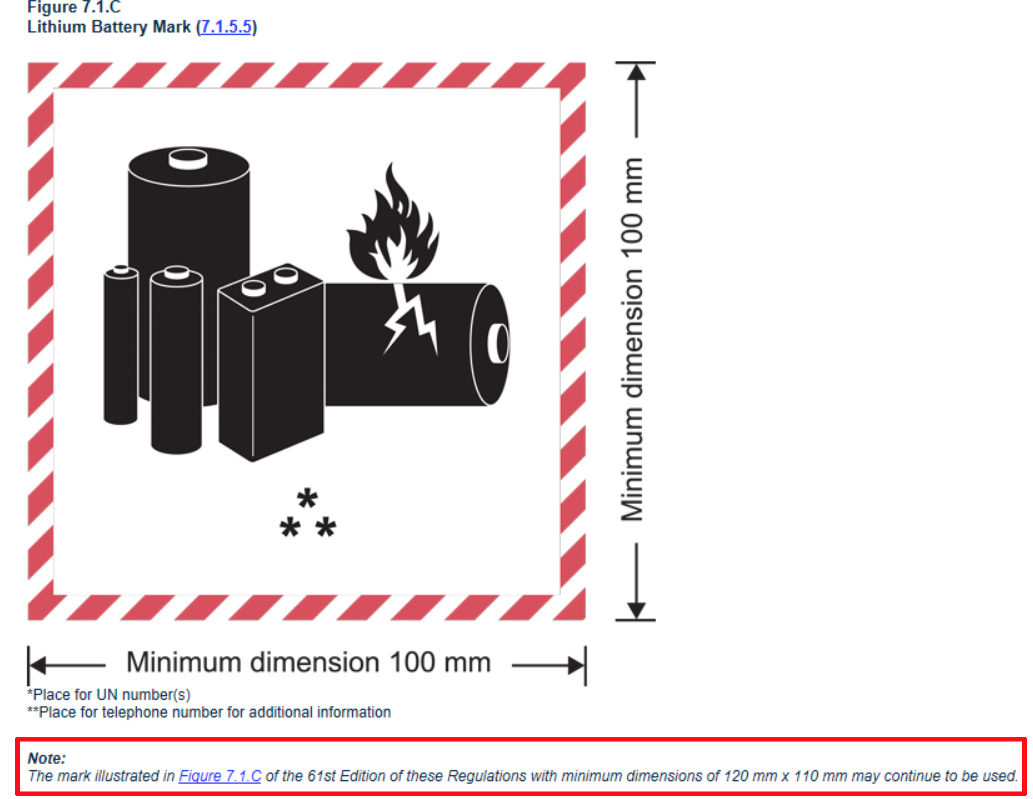
It’s important to note you can still utilize the 120mm X 110mm, but in Canada, Part 4.1A of the TDGR will allow this label to be used as long as it is referenced in either chapter 5.2 or 5.3 of the UN recommendation, which it is (5.2.1.9). The United States Part 171, subpart C, will authorize the use of international transport standards and regulations (in this case, ICAO) if some conditions are met and this new sized label is in the new ICAO 2020-2021.
For additional information, I recommend reading Karrie Ishmael’s blog on HM-215.
If you are shipping lithium batteries, we recommend that you take the time to invest in training. ICC Compliance Center offers live, online instructor-led classes by any of ICC’s Regulatory Experts.
We have all the products, services and training you need to ensure your staff is properly trained and informed.
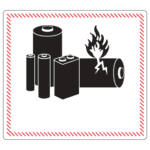 Lithium Battery Pictogram, 4.5″ x 5″, Gloss Paper, 500/Roll |
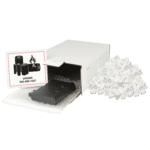 Lithium Battery Shipping Kits |
 Shipping Lithium Batteries Training |

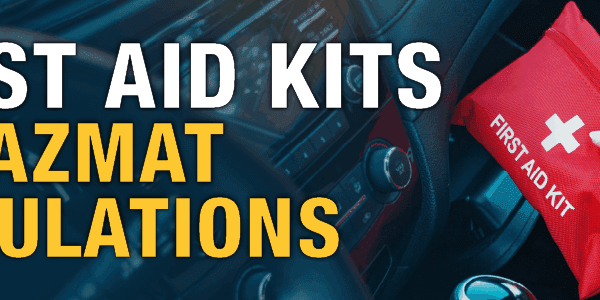

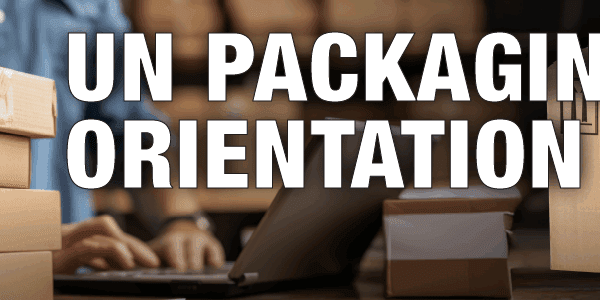


 ICC USA
ICC USA ICC Canada
ICC Canada